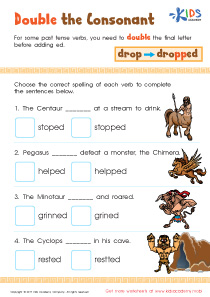Reading comprehension Normal Consonant Digraphs Worksheets for Ages 6-8
6 filtered results
-
From - To
Enhance your child's reading skills with our Reading Comprehension Normal Consonant Digraphs Worksheets, designed for ages 6-8. These engaging activities focus on helping young readers identify and understand common consonant digraphs like "ch," "sh," and "th." Through a variety of exercises, children will sharpen their ability to decode words and improve their overall reading fluency. Perfect for classroom use or extra practice at home, these worksheets will give your child the tools they need to read with confidence. Download now and embark on a fun learning journey with your little one!
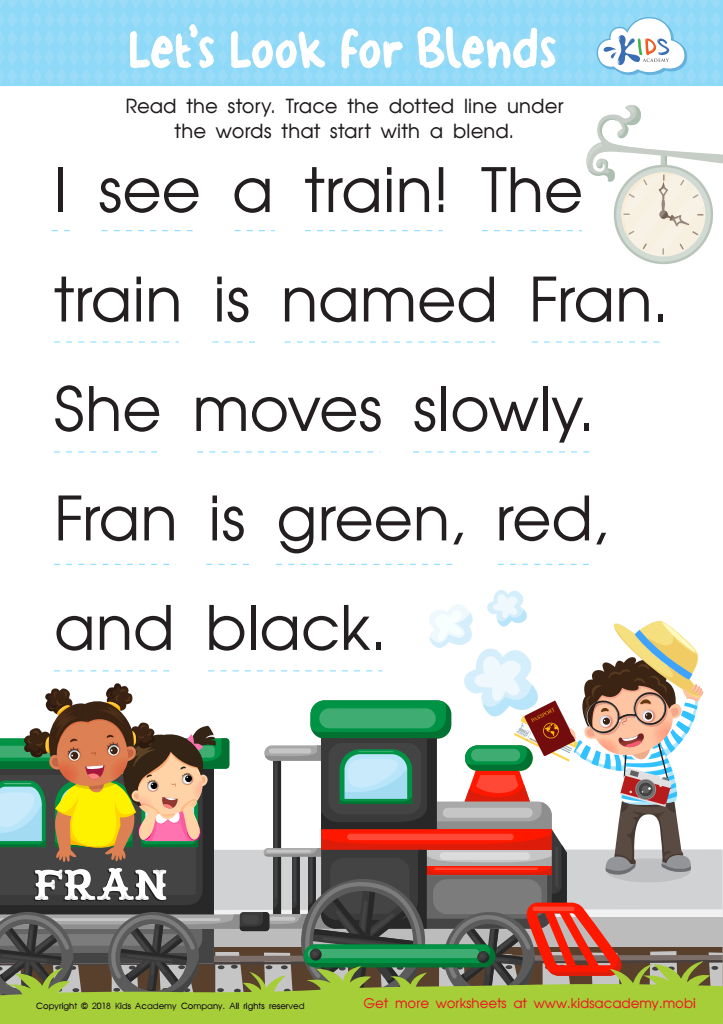

Let's Look for Blends Worksheet
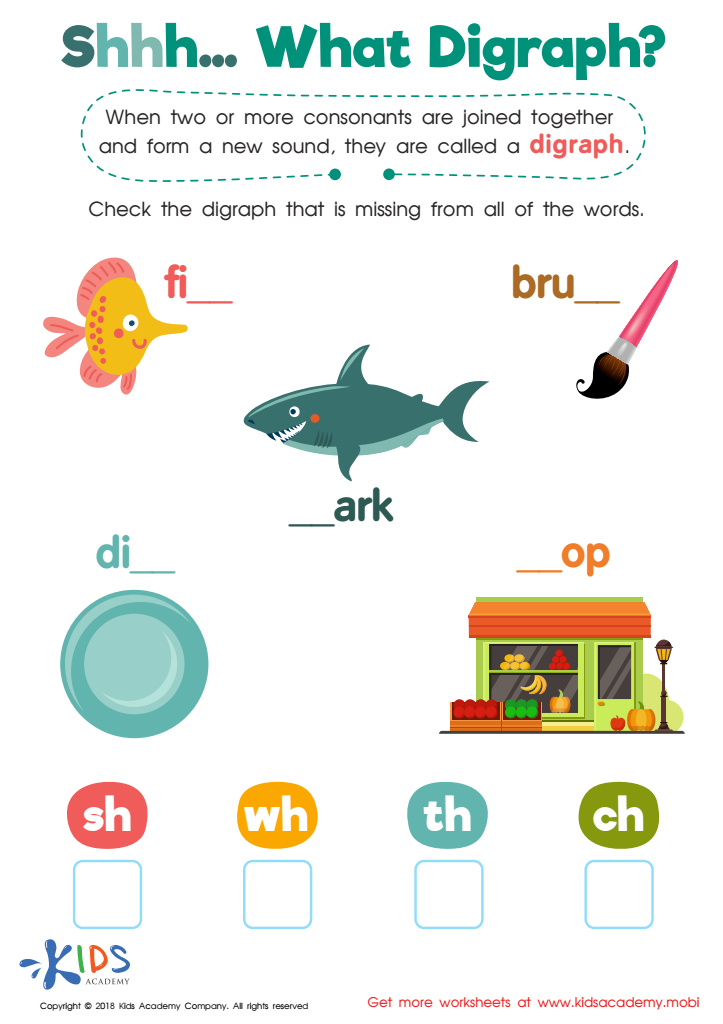

Shhh... What Digraph? Worksheet
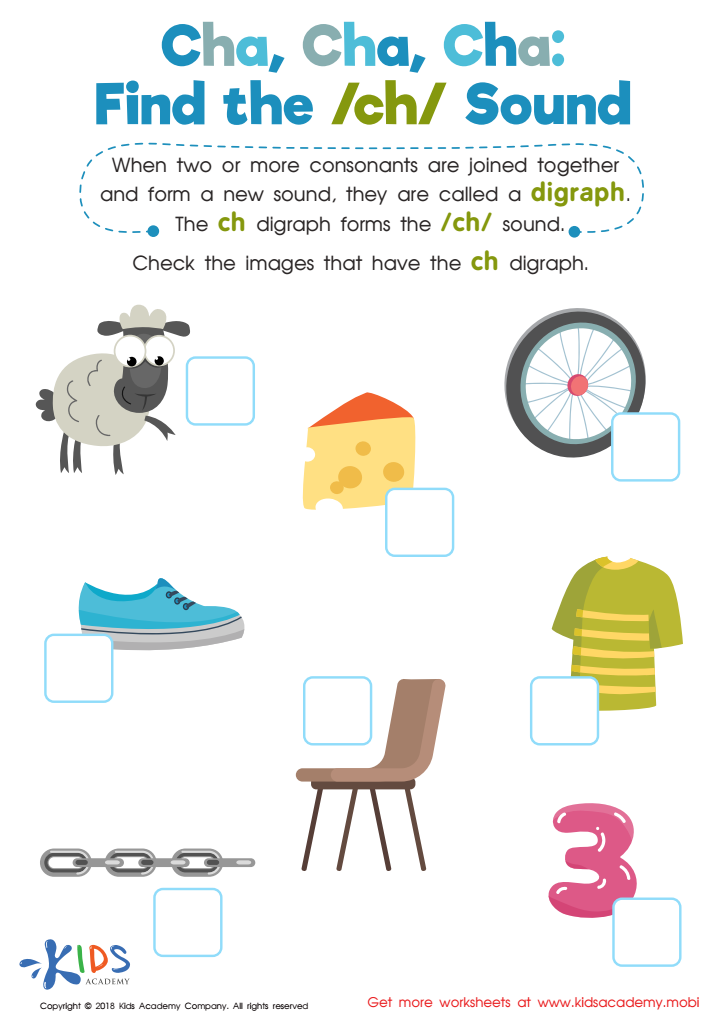

Cha, Cha, Cha: Find the /Ch/ Sound Worksheet
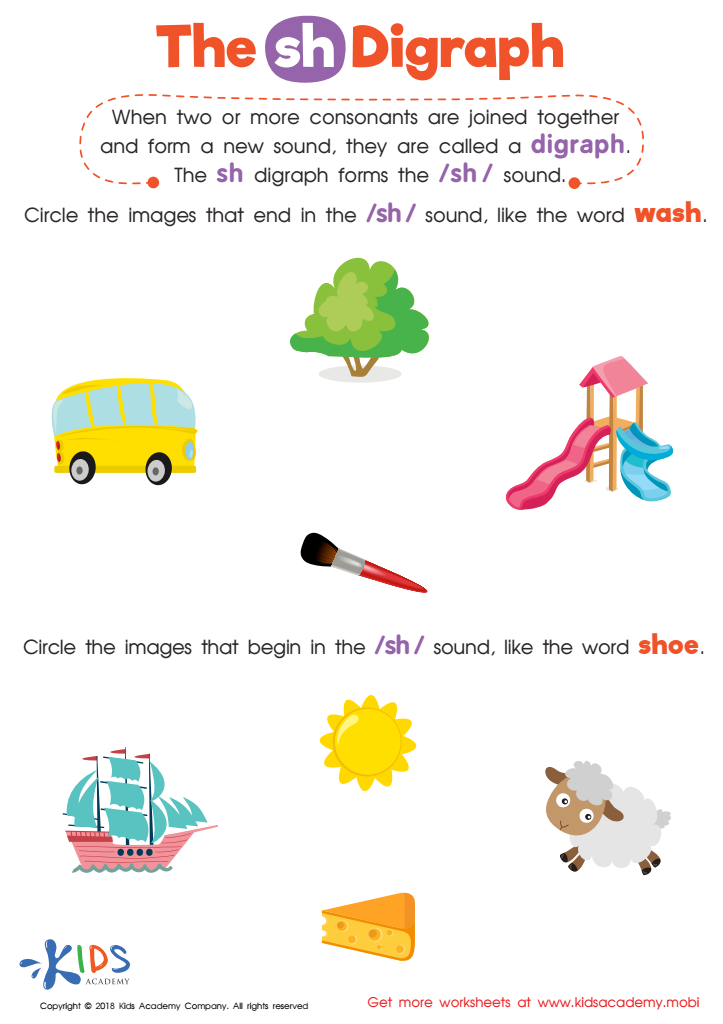

The SH Digraph Worksheet
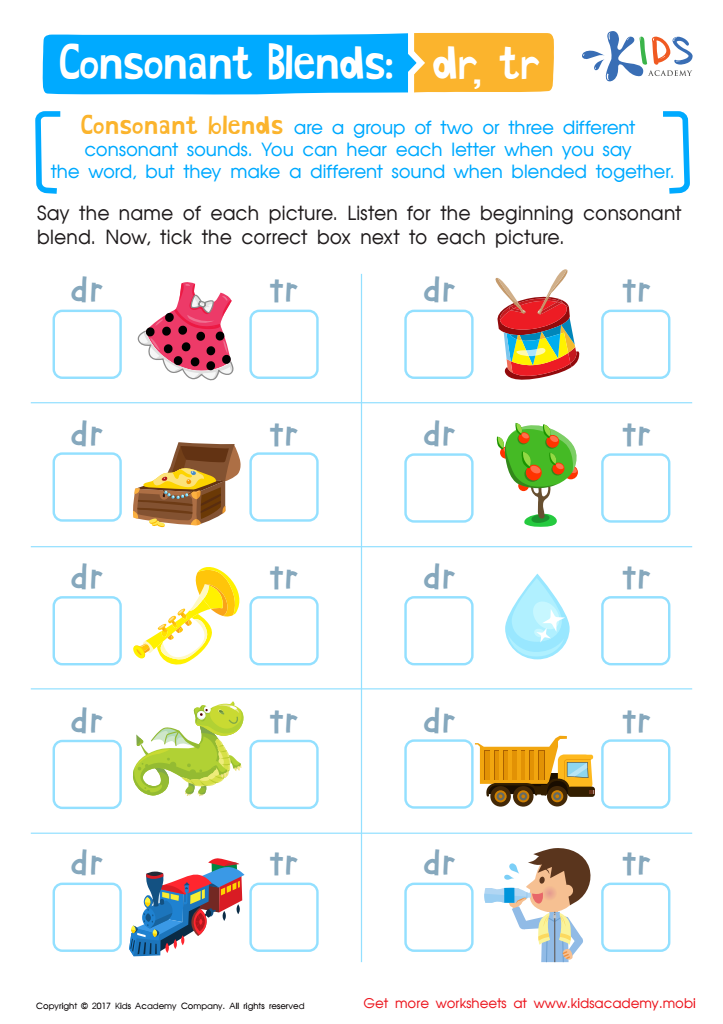

Consonant Blends: "Dr" and "Tr" Printable
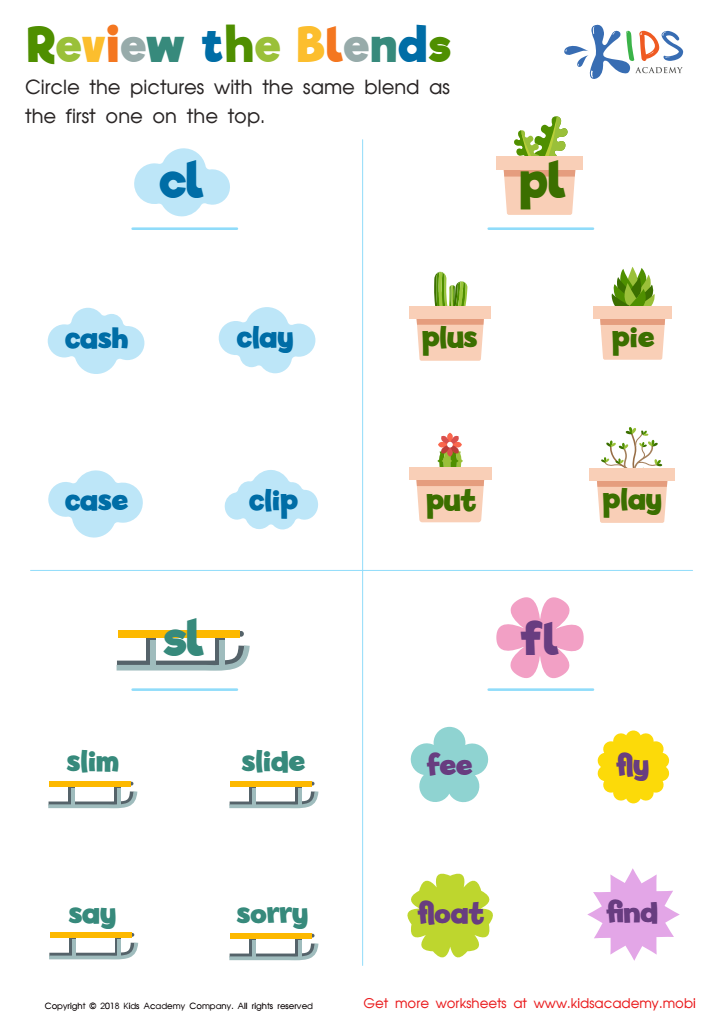

Review the Blends Worksheet
Reading comprehension and recognition of normal consonant digraphs (combinations of two consonants that produce one sound, such as "ch," "sh," "th," and "wh") are essential building blocks for children ages 6-8 because they form the foundation for fluent reading and effective communication. During these formative years, youngsters develop critical language and cognitive skills.
First, the ability to decode words using consonant digraphs significantly enhances reading fluency. When children can effortlessly recognize and pronounce these common phonetic combinations, their reading speed and accuracy improve. This, in turn, boosts their confidence and motivation to read more, fostering a positive relationship with books and learning.
Second, comprehension skills allow young readers to derive meaning from texts, which is crucial for academic success across all subjects. Understanding digraphs enables kids to comprehend new words they encounter, enriching their vocabularies and aiding in the grasp of more complex texts as they progress through school.
Furthermore, literacy is a gateway to lifelong learning and critical thinking. Mastery of reading through understanding consonant digraphs aids not only in academics but in everyday life, enhancing children's ability to follow instructions, solve problems, and empathize with others through storytelling.
Given these benefits, parents and teachers play a pivotal role in supporting children’s literacy development by integrating digraph recognition and reading comprehension strategies into engaging and age-appropriate learning experiences.
 Assign to My Students
Assign to My Students








